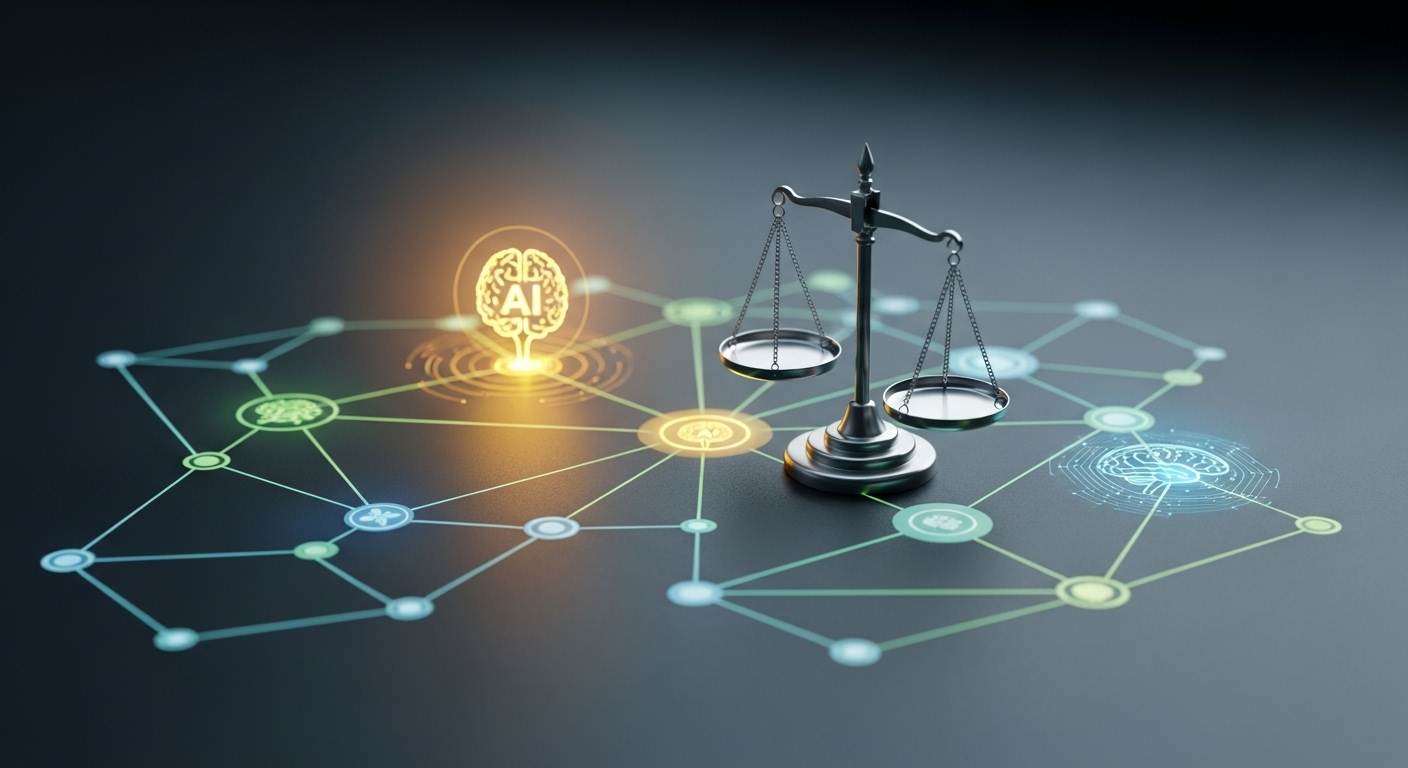In corporate practice, the legal principle of “vicarious liability” often comes to mind, raising questions about the liabilities of company for the actions of their employees in carrying out their duties and obligations during the cause of their employment. However, in the realm of digital commerce, a question that spurs deliberation in the minds of legal practitioners would be; what is the possible liability that would be borne by a company where third parties carry out actions using their platforms? The recent ruling in May v. Google LLC serves as a critical examination of that shifts the mind to think beyond the principle of vicarious liability, particularly in the context of online advertising and consumer protection.
The Facts of the Case
The case of May v. Google LLC centers around the experience of the plaintiff, Mr. May, who fell victim to a sophisticated phishing scam perpetrated by third-party scammers utilizing Google’s advertising platform. Mr. May, in search of financial services, encountered a fraudulent advertisement that appeared in his Google search results. This advertisement, which impersonated a legitimate financial institution, lured him into providing sensitive personal information, resulting in significant financial losses. Mr. May alleged that Google had a responsibility to monitor and vet the advertisements displayed on its platform. He contended that the company failed to take adequate measures to prevent fraudulent advertisements from appearing in search results, thereby enabling the scammers to exploit unsuspecting users. As a result, Mr. May sought to hold Google liable for the damages incurred due to the fraudulent scheme.
The Court’s Ruling
Ultimately, the court ruled in favor of Google, stating that the company could not be held liable for the actions of third-party scammers using its advertising services. The court emphasized that Google, as a platform provider, was not directly involved in the fraudulent activity and had not endorsed the scam. The ruling reinforced the notion that while technology companies have a duty to provide safe environments for users, they cannot be held accountable for every misuse of their services by malicious actors.
The Implications of the Ruling
The implications of the May v. Google LLC decision are significant for both consumers and businesses operating in the digital space. Here are some key takeaways:
- Limitations of Liability: The ruling highlights the limitations of corporate liability, suggesting that companies may not be held responsible for the actions of third-party users unless they actively participate in or endorse the fraudulent behavior. This legal precedent has broader implications for the tech industry, where third-party content is a standard part of business operations.
- User Responsibility: The court’s decision places a degree of responsibility on consumers to exercise caution when interacting with online advertisements. It underscores the importance of user vigilance and due diligence in verifying the legitimacy of offers encountered online.
The Necessity of Disclaimers
Given the court’s stance on liability, the question arises: how can companies protect themselves and their users from the consequences of third-party scams? The answer lies in the implementation of clear and comprehensive disclaimers.
- Clarifying Limitations: Disclaimers can help clarify the limitations of a company’s liability regarding third-party content. By explicitly stating that the company is not responsible for the actions of users or advertisers who exploit their platforms, businesses can set realistic expectations for consumers.
- Educating Users: Disclaimers serve an educational purpose, informing users about potential risks associated with online transactions. By encouraging consumers to verify the legitimacy of advertisements and providing tips on how to spot scams, companies can promote safer online practices.
- Building Trust: Transparency is crucial in establishing trust with consumers. By openly communicating the limitations of their liability, companies can foster a sense of accountability and responsibility, reassuring users that their safety is a priority.
- Legal Protection: Well-crafted disclaimers can provide a layer of legal protection for companies. While they do not eliminate liability entirely, they can serve as a defense in potential lawsuits, demonstrating that the company has taken proactive steps to inform users of risks.
Conclusion
The ruling in May v. Google LLC serves as a pivotal moment in defining corporate liability in the digital age. As technology companies navigate the complexities of third-party interactions, the need for clear disclaimers becomes increasingly important. By prioritizing transparency and user education, businesses can not only protect themselves from legal repercussions but also empower consumers to make informed choices in an ever-evolving digital landscape. As we continue to rely on online platforms for our daily transactions, understanding the balance of responsibility between companies and users will be crucial in fostering a safer online environment.






